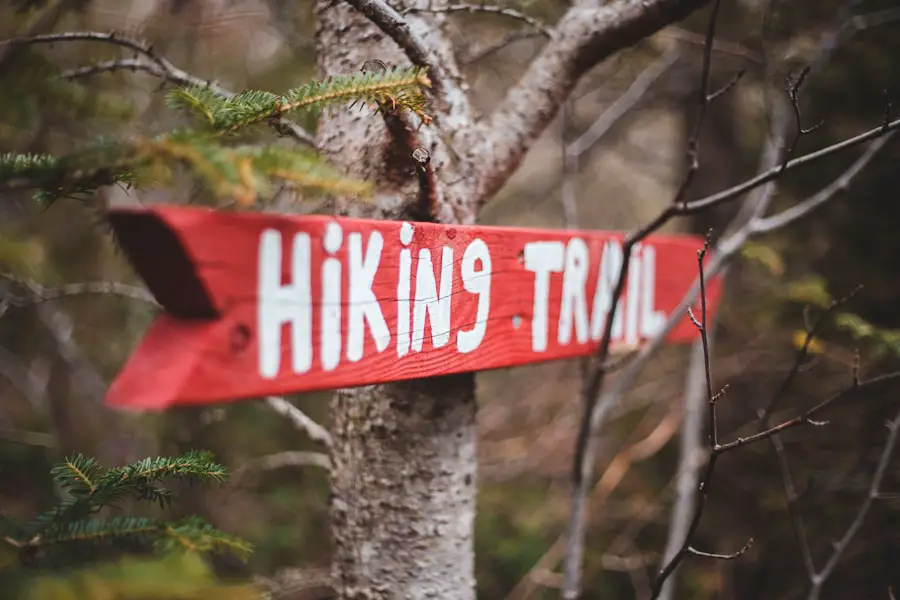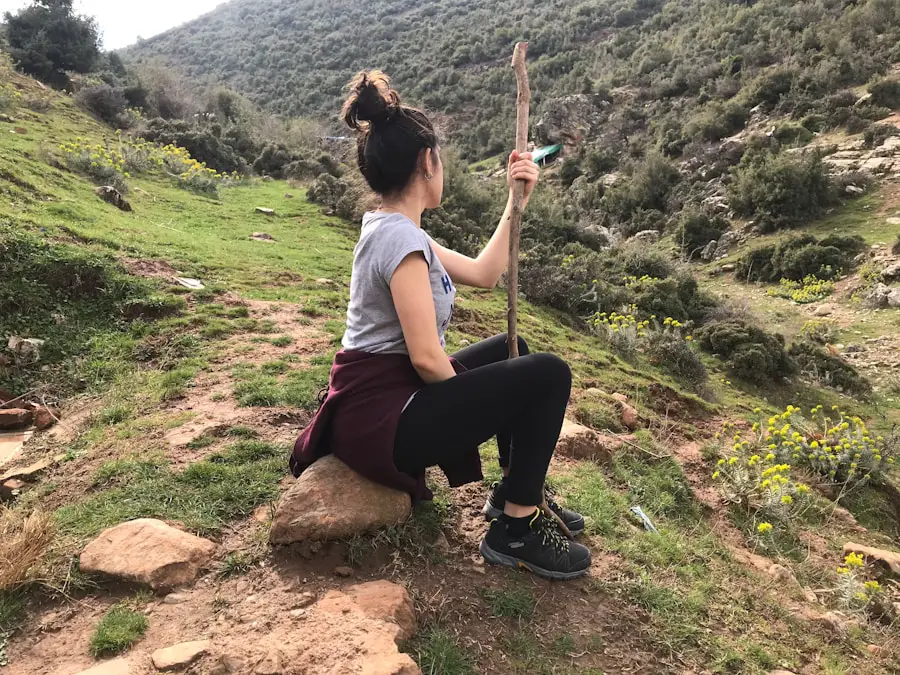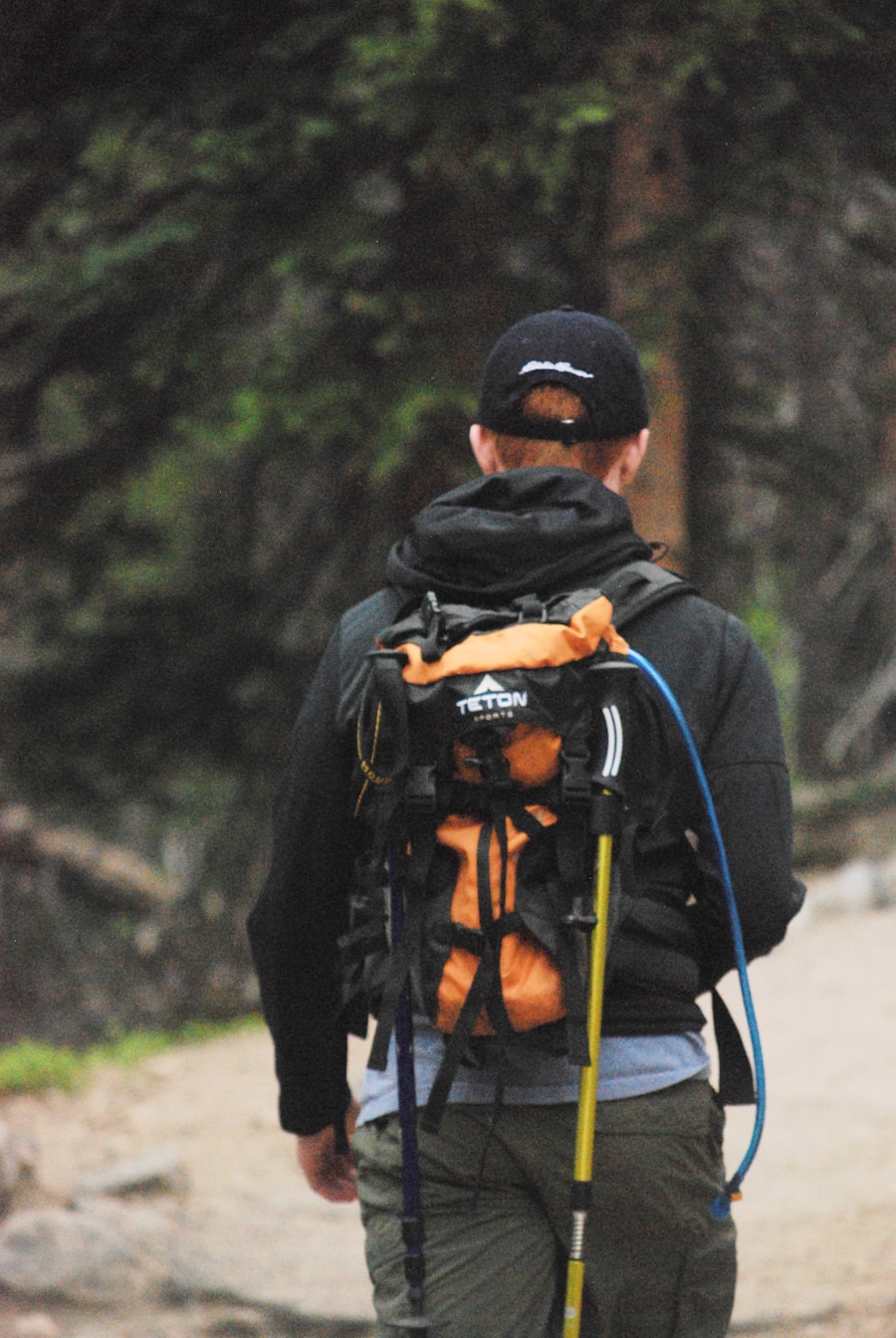National Hiking Day, celebrated annually on November 17, has its roots in the growing appreciation for outdoor activities and the natural world. The day was established to encourage individuals and families to step outside, explore nature, and engage in the physical activity of hiking. While the exact origins of National Hiking Day are somewhat nebulous, it is widely believed to have emerged in the late 20th century as part of a broader movement promoting outdoor recreation and environmental awareness.
This movement coincided with the rise of organizations dedicated to preserving natural spaces and advocating for public access to trails. The establishment of National Hiking Day reflects a cultural shift towards valuing health and wellness through outdoor activities. As urbanization increased and lifestyles became more sedentary, the need for initiatives that promote physical activity and connection with nature became apparent.
Hiking, as a low-cost and accessible form of exercise, gained popularity among diverse demographics. The day serves not only as a reminder to get outside but also as an opportunity to educate the public about the benefits of hiking and the importance of maintaining our natural landscapes.
Key Takeaways
- National Hiking Day was established to promote the benefits of hiking and encourage people to explore the great outdoors.
- Hiking offers numerous physical and mental health benefits, including improved cardiovascular fitness, reduced stress, and enhanced mood.
- Proper preparation for a hiking trip includes selecting the right gear, planning the route, and being aware of potential hazards.
- Some of the top hiking trails to explore on National Hiking Day include the Appalachian Trail, Pacific Crest Trail, and Grand Canyon Rim-to-Rim hike.
- Safety tips for hiking in the great outdoors include staying hydrated, being aware of wildlife, and knowing how to navigate using a map and compass.
The Benefits of Hiking for Physical and Mental Health
Hiking offers a multitude of benefits that extend beyond mere physical exercise. From a physical standpoint, hiking is an excellent cardiovascular workout that engages multiple muscle groups. It improves endurance, strengthens the legs, and enhances overall fitness levels.
Studies have shown that regular hiking can lead to lower blood pressure, improved cholesterol levels, and a reduced risk of chronic diseases such as diabetes and heart disease. The varied terrain encountered on hiking trails also helps to improve balance and coordination, making it an ideal activity for individuals of all ages. Beyond the physical advantages, hiking has profound effects on mental health.
Engaging with nature has been linked to reduced stress levels, improved mood, and enhanced cognitive function. The act of walking in a natural environment can stimulate creativity and problem-solving skills, making it a popular choice for those seeking inspiration or clarity. Research indicates that spending time outdoors can decrease symptoms of anxiety and depression, providing a natural remedy for those struggling with mental health issues.
The combination of physical exertion and immersion in nature creates a holistic approach to well-being that is both invigorating and restorative.
How to Prepare for a Hiking Trip

Preparation is key to ensuring a safe and enjoyable hiking experience. Before embarking on a hike, it is essential to research the trail you plan to explore. Understanding the trail’s difficulty level, length, and terrain will help you gauge whether it is suitable for your fitness level and experience.
Additionally, checking weather conditions is crucial; sudden changes in weather can significantly impact your hike. It’s advisable to consult local resources or websites that provide up-to-date information on trail conditions and any potential hazards. Packing the right gear is another critical aspect of preparation.
A well-fitted backpack should include essentials such as water, snacks, a first-aid kit, navigation tools (like a map or GPS), and appropriate clothing layers to accommodate changing temperatures. Sturdy footwear is vital; hiking boots or shoes with good traction can prevent slips and blisters. Depending on the length of your hike, you may also want to bring trekking poles for added stability on uneven terrain.
By taking the time to prepare adequately, you can enhance your hiking experience and minimize risks associated with outdoor adventures.
Top Hiking Trails to Explore on National Hiking Day
| Trail Name | Location | Difficulty | Distance |
|---|---|---|---|
| Angel’s Landing | Zion National Park, Utah | Strenuous | 5.4 miles |
| Half Dome Trail | Yosemite National Park, California | Very Strenuous | 14.2 miles |
| Appalachian Trail | Georgia to Maine | Varies | 2,190 miles |
| Grand Canyon Rim-to-Rim | Grand Canyon National Park, Arizona | Strenuous | 21 miles |
| Kalalau Trail | Napali Coast, Hawaii | Difficult | 22 miles |
National Hiking Day presents an excellent opportunity to explore some of the most breathtaking trails across the country. One notable destination is the Appalachian Trail, which stretches over 2,190 miles from Georgia to Maine. This iconic trail offers diverse landscapes, from lush forests to rugged mountains, making it a favorite among hikers seeking both challenge and beauty.
Sections of the trail are accessible for day hikes, allowing individuals to experience its grandeur without committing to long-distance trekking. Another remarkable option is Yosemite National Park in California, home to stunning vistas and iconic landmarks such as El Capitan and Half Dome. The Mist Trail is particularly popular, leading hikers past cascading waterfalls and offering panoramic views of the park’s granite cliffs.
For those looking for coastal scenery, the Pacific Crest Trail provides breathtaking views along the West Coast, with sections that traverse through California, Oregon, and Washington. Each of these trails showcases unique ecosystems and geological features, making them ideal choices for celebrating National Hiking Day.
Safety Tips for Hiking in the Great Outdoors
Safety should always be a top priority when hiking in natural environments. One fundamental rule is to inform someone about your hiking plans before you set out. Sharing your itinerary ensures that someone knows your expected return time and can alert authorities if you do not return as planned.
Additionally, it’s wise to hike with a buddy or group whenever possible; this not only enhances safety but also adds to the enjoyment of the experience. Understanding your limits is crucial for safe hiking. Choose trails that match your fitness level and experience; overestimating your abilities can lead to exhaustion or injury.
Carrying a fully charged mobile phone can be beneficial for navigation or emergencies, but it’s important not to rely solely on technology—always have a physical map as a backup. Furthermore, be aware of wildlife in the area; understanding how to react if you encounter animals such as bears or snakes can prevent dangerous situations. By adhering to these safety tips, hikers can enjoy their adventures while minimizing risks associated with outdoor exploration.
National Hiking Day Events and Activities

National Hiking Day is celebrated with various events and activities designed to engage communities in outdoor exploration. Many local parks and organizations host guided hikes that cater to different skill levels, allowing participants to learn about local flora and fauna while enjoying the trails. These events often include educational components where experienced guides share insights about conservation efforts and the ecological significance of the areas being explored.
In addition to organized hikes, some communities hold festivals or fairs that celebrate outdoor activities. These events may feature workshops on hiking gear, survival skills, or even cooking demonstrations for preparing meals on the trail. Engaging in these activities fosters a sense of community among outdoor enthusiasts while promoting awareness about the importance of preserving natural spaces.
Whether through guided hikes or educational workshops, National Hiking Day serves as a platform for individuals to connect with nature and each other.
The Importance of Preserving and Protecting Hiking Trails
The preservation of hiking trails is vital for maintaining access to nature and ensuring that future generations can enjoy these natural spaces.
Trails often traverse delicate ecosystems that are home to diverse wildlife and plant species; therefore, responsible stewardship is essential. Erosion caused by heavy foot traffic can damage trails and surrounding habitats, leading to long-term ecological consequences.Organizations dedicated to trail maintenance work tirelessly to repair damage and promote sustainable practices among hikers. Moreover, protecting hiking trails contributes to broader conservation efforts aimed at safeguarding natural resources. Many trails are located within national parks or protected areas that serve as critical habitats for endangered species.
By advocating for responsible hiking practices—such as staying on marked paths and minimizing litter—hikers play an essential role in preserving these environments. Engaging in trail clean-up events or supporting local conservation organizations can further enhance efforts to protect these cherished landscapes.
How to Get Involved in National Hiking Day and Make a Difference
Getting involved in National Hiking Day can take many forms, from participating in local events to advocating for trail preservation efforts. One effective way to contribute is by joining local hiking clubs or organizations that focus on outdoor activities and conservation initiatives. These groups often organize hikes, volunteer opportunities for trail maintenance, and educational programs that promote responsible outdoor practices.
Additionally, individuals can make a difference by sharing their hiking experiences on social media platforms or blogs, inspiring others to explore nature while emphasizing the importance of environmental stewardship. Engaging with local schools or community centers to promote hiking as a healthy activity can also foster a love for the outdoors among younger generations. By taking these steps, individuals not only celebrate National Hiking Day but also contribute positively to their communities and the environment at large.
If you’re planning to celebrate National Hiking Day by embarking on a backpacking adventure, you may want to check out this article on the best ultralight tent for backpacking. Having a lightweight and durable tent can make a big difference in your hiking experience.
Love travel? Join Our Facebook Community For More Tips.
FAQs
What is National Hiking Day?
National Hiking Day is a day dedicated to promoting and celebrating the activity of hiking. It encourages people to get outdoors, connect with nature, and enjoy the physical and mental health benefits of hiking.
When is National Hiking Day?
National Hiking Day is observed on November 17th every year.
How did National Hiking Day start?
National Hiking Day was established to encourage people to explore the great outdoors and appreciate the beauty of nature. It was created to promote the physical and mental health benefits of hiking and to raise awareness about the importance of preserving natural landscapes.
How can I participate in National Hiking Day?
You can participate in National Hiking Day by going for a hike on November 17th. Whether it’s a short walk in a local park or a more challenging trek in the mountains, the important thing is to get outside and enjoy the beauty of nature.
Are there any organized events for National Hiking Day?
Many hiking clubs, outdoor organizations, and national parks may organize special events or guided hikes to celebrate National Hiking Day. Check with local outdoor groups or visit national park websites to see if there are any organized activities in your area.
